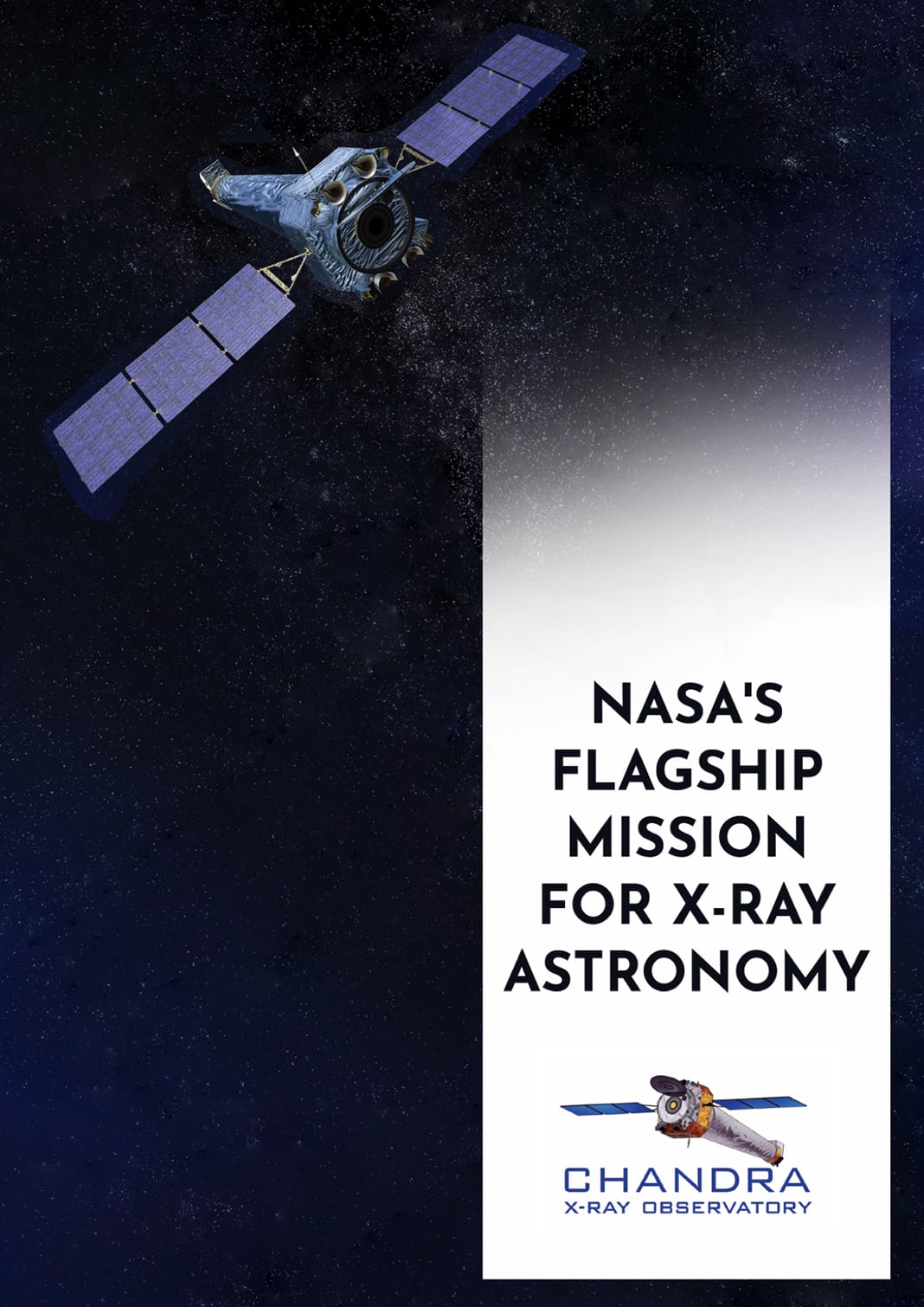What is X-ray astronomy? How can X-ray astronomy be applied in fields such as medicine, airport security, energy research, and studying the dynamics of structure and matter?
Officials from NASA’s flagship mission for X-ray astronomy, the Chandra X-ray Observatory, answer these questions and more.
What is Chandra?
NASA’s Chandra Observatory was launched in July 1999 aboard the Space Shuttle Columbia and was designed to detect X-ray emissions in extremely hot regions of the Universe. Chandra is an X-ray telescope which belongs to a special class called the ‘Great Observatories’, providing astronomers with unique views of the Universe in different types of light.
It has already made many achievements in X-ray astronomy since its launch, including observing giant eruptions from supermassive black holes, revealing the fundamental properties of black holes, seeing the hot gas in galaxy clusters in more detail than any other telescope, and studying supernova remnants to understand the lifecycle of stars.
What does the e-book include?
This comprehensive e-book details the existing achievements of the flagship mission and lists the ways in which X-ray astronomy has led to innovation in several scientific fields, as well as how it is likely to continue to benefit these fields in the future.
With this in mind, Chandra’s press officer, Megan Watzke MA, and visualisation lead, Kimberley Arcand MA, share facts about Chandra and how its launch revolutionised astronomy through dedicated sections on:
- The study of structure and dynamics of matter using neuron scattering;
- The use of X-ray detectors to monitor radon gas and radioactive waste;
- How the amount and location of fusion reaction energy is recorded; and
- How scientists can use diffraction to study complex molecular structures in biomedical and pharmaceutical research.
Finally, the booklet acknowledges the more terrestrial and everyday uses of X-ray technology that inspired Chandra – including pressing societal challenges ranging from airport security to environmental monitoring.


